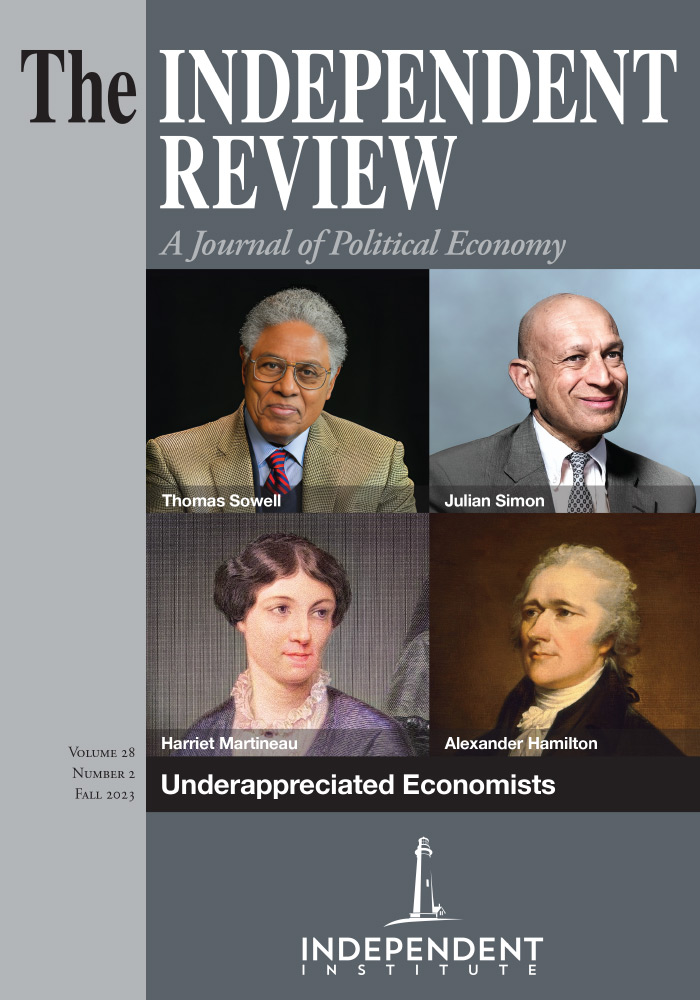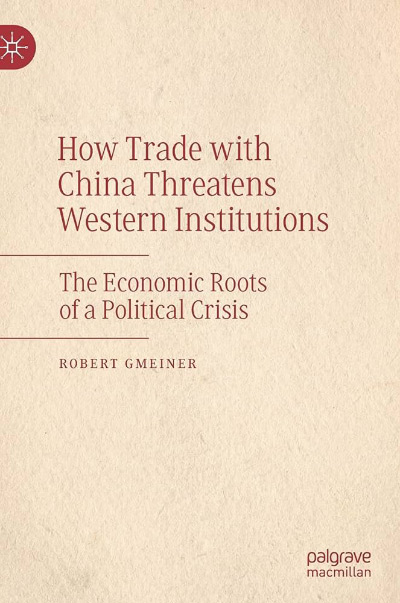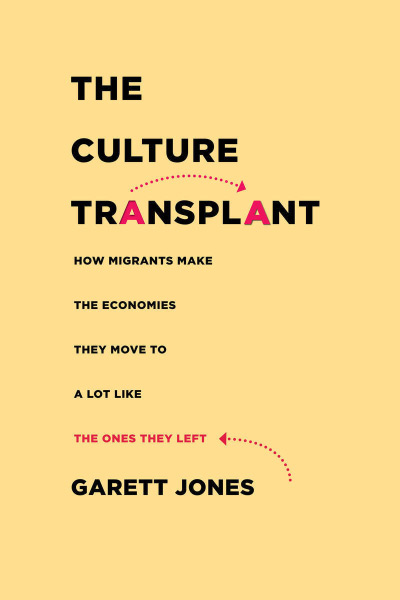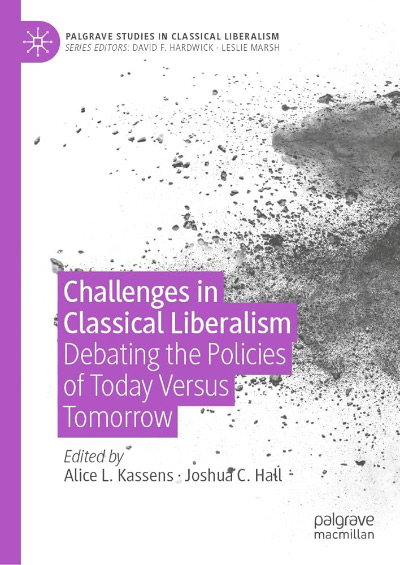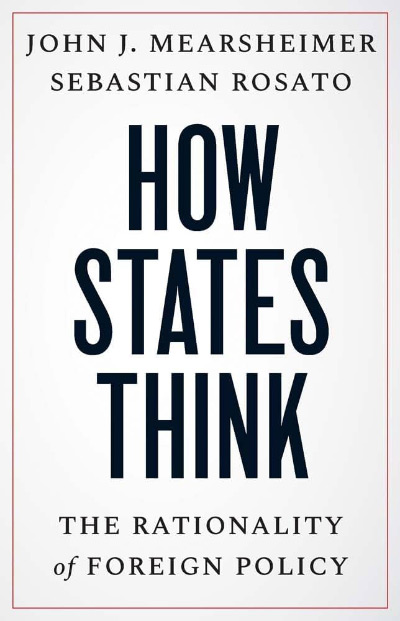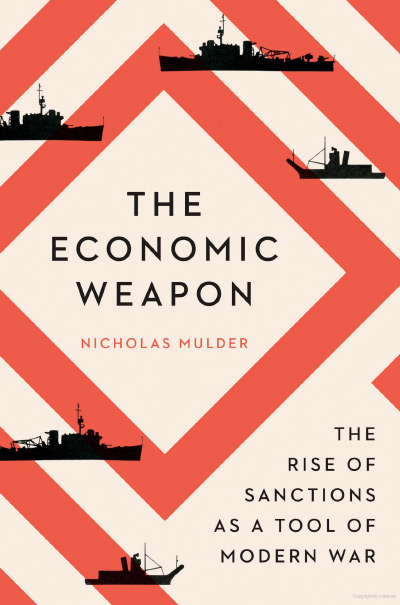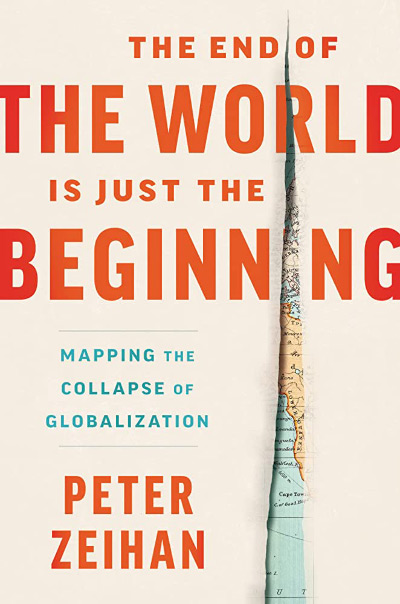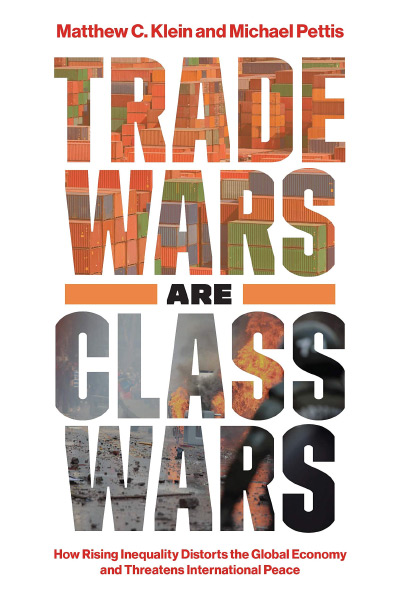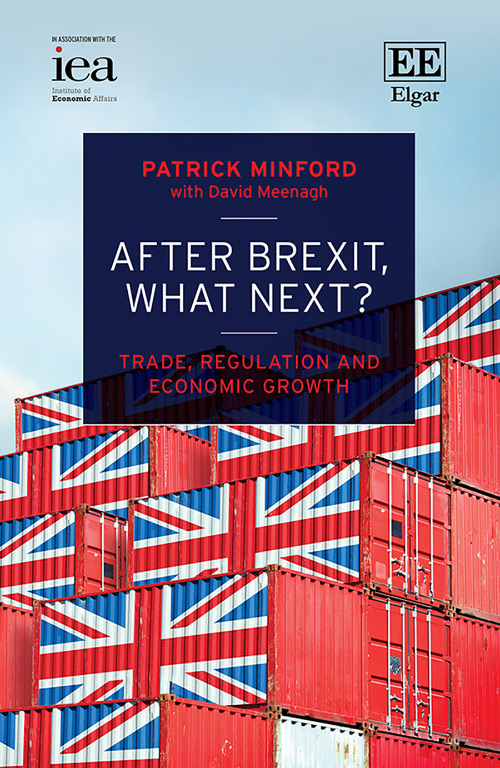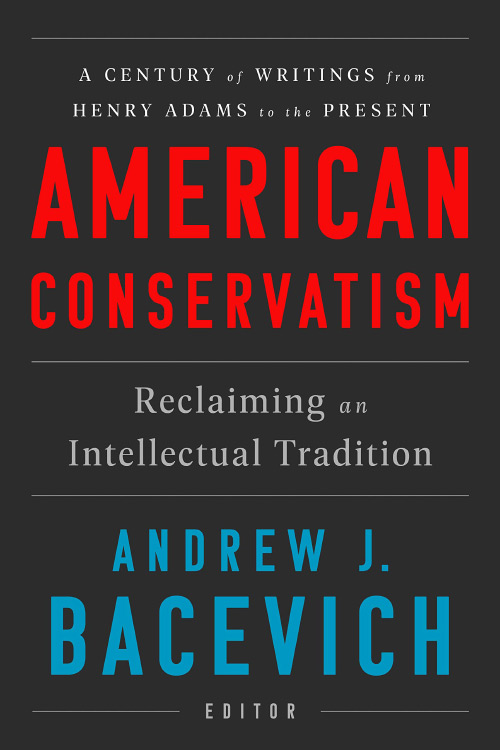Mitten crabs, small crustaceans with furry claws, have been a chronic invasive species across Northern Europe’s canals and waterways for more than a century now. Curiously, their presence can be attributed to China’s desire to share in the benefits of the Industrial Revolution that had passed it by.
Having failed to industrialize during the nineteenth century (by 1900, nearly 90 percent of the population was still engaged in agriculture), China found itself early in the twentieth century turning to countries in Europe for manufactured goods. Trade between the regions took a one-way route as ships laden with materials such as steel sailed from German ports to China, but little production of Chinese origin went back to Europe. Lacking the weight of cargo needed for stability, German ships loaded up with water as ballast for the return journey. Upon reaching their home ports, they released the ballast, took on their next load of goods, and departed again for Asia. But when the ballast was released in Germany, millions of tiny hitchhikers, the mitten crabs, entered Europe’s waterways. Over the following decades, the infestation of invasive mitten crabs has damaged the fisheries and other associated institutions of northern Europe.
The tiny crabs may have been one of the earliest examples of trade with China damaging Western institutions, but it would hardly be the last. In recent decades, such damage has become more extensive, sophisticated, and insidious. Robert Gmeiner addresses the damage done in his new book, How Trade with China Threatens Western Institutions.
Trade with China has been transformative for much of the world, not least of all China itself. As we consider China’s imminent surpassing of the United States as the world’s largest economy, it’s remarkable to consider how that growth has occurred in a single generation. In 1980, a person born in the quiet fishing village of Shenzhen lived in a country with per capita income of $309, lower than all but sixteen of the poorest countries in the world, and a far cry from the United States, at $12,553.
Today, that forty-three-year-old son of a fisherman might be working as a WeChat content moderator, encamped in one of the hundreds of skyscrapers slashing the skyline of China’s high-tech capital of Shenzhen, a center of innovation and trade driving China’s $12,556 per capita gross domestic product.
But that three-dollar difference in national GDP belies the other half of the equation: today, the U.S. GDP per capita sits at $70,249, in no small part a result of the economic boom brought on by technology developments delivered by China. The invention of the iPhone may be a marvel of American ingenuity, and there are millions of people who would gladly shell out ten or twenty thousand dollars for the privilege of using one. But thanks to the rock-bottom cost of manufacturing in Chinese factories, smartphones can be delivered for less than $300, and nearly 7 billion people around the world take advantage of all the mobile internet has to offer.
Less visible, but perhaps more important, are the other effects trade with China has had on Western institutions. Although the low costs and high volume of output from China have led to the benefits that societies derive from increased wealth—improved education, reduced child mortality, enhanced health care, longer lives—there is a downside in the trade and a dark recognition that it may not be incidental.
In the aftermath of the COVID-19 pandemic, the costs of trading with China have become clearer. After global production was disrupted by a disease emanating from the city of Wuhan, China’s leadership responded with petulance to the scrutiny they faced. This behavior was nothing new, but fierce attention was brought on by the catastrophic spread of the disease, and much of the world finally woke up to the threats addressed in Gmeiner’s book.
Gmeiner’s definition of “institutions” includes concepts as varied as the rule of law, limited government, and free speech, but he also allows a broader definition to include higher education, some industry sectors, and the entertainment business. His book looks at the economics of trade with China and presents the broad range of harmful impacts it has had on many such institutions.
Most prominently discussed in the book is the Western institution of property rights. Much has been made of China’s indifference to intellectual property rights; China’s violations are estimated to cost the United States between $225 billion and $600 billion per year, according to a recent congressional study. As Gmeiner points out, in China, “the concept of property is respected insofar as it serves the state” (p. 27). Put more bluntly, a government founded on a Marxist/communist philosophy that considers property an asset of the state should not surprise anyone when it doesn’t respect the property rights of foreign rivals. In fact, Western companies’ passive acquiescence to China’s bulldozing of intellectual property (IP) rights—by those eager for access to Chinese markets—significantly harms the vital institution of private property, so critical to capitalist societies.
(It is worth pointing out that the parameter outlined in Gmeiner’s book—Western institutions—is a misnomer. I confronted the same dilemma throughout my own book, Wireless Wars: China’s Dangerous Domination of 5G and How We’re Fighting Back [Dallas: BenBella Books, 2021], juxtaposing China with America or, more broadly, the West. This is insufficient. China presents a similar danger to institutions in free countries in Africa and even in the heart of the East, including Japan, Korea, Taiwan, and Vietnam.)
Though deeply researched—Gmeiner cites no fewer than four sources for the observation that “[c]omparative advantage in trade stems in part from a country’s own domestic institutions” (p. 143)—the book misses the opportunity to more fully articulate his argument for the harm done by trading with China. He lists numerous well-sourced instances, only to leave the reader wishing for more than a compilation of names or events. For example, in a discussion of Operation Fox Hunt, the Chinese program to harass and return dissidents home for punishment, he tells that “[t]wo prominent recent cases include Hong Kong booksellers Gui Minhai and Lee Bo, who held Swedish and British nationality, respectively, in 2015” (p. 191). The nonexpert reader is left to scratch his head and wonder, “Who is Gui Minhai and what did happen to him?”
The story is a compelling one and illustrative of the threat: Born in China, Gui Minhai received a PhD in Sweden, where he was naturalized as a Swedish citizen before renouncing his Chinese citizenship. In 2006, he moved to Hong Kong, where he set up publishing companies focused on Chinese politics, though he was careful not to visit the mainland, where he would not have the (then) protections of Hong Kong law. Years later, while on a visit to his vacation home in Thailand, Gui disappeared, led off by mysterious men, only to reappear on Chinese television confessing to his transgressions. Years later, he remains in custody.
Thailand, heavily dependent on trade with China, its second-largest partner after the United States, did little to investigate this apparent kidnapping from their country by a foreign government. Sweden itself, obligated to protect its citizens, lodged complaints but dared not bring aggressive actions in this flagrant violation of national sovereignty. With its two largest companies, Volvo and Ericsson, heavily reliant on sales to China, the government never drew a firm line against China’s behavior.
The actions of Thailand and Sweden—or their inactions—are illustrative of how vital institutions such as due process, rule of law, and national sovereignty can be compromised and damaged by the lure of trade with China. Gmeiner identifies many supportive examples but too often declines to expand on them and thus forgoes the chance to make a more compelling case for the book’s thesis. It is by telling the details of these stories that he could lay plain the damage done to such vital institutions.
Still, the issues tackled by Gmeiner are among the greatest urgencies facing free countries all over the world, Western and otherwise. Throughout the book, he enumerates institutions that are vital to the creation of the free civil societies that so many choose—or seek—to live in, and he describes how they have been damaged or altered by trade with China. Academics, businesspeople, and politicians would do well to contemplate the consequences of forfeiting what makes our societies successful in pursuit of trade with a country that enjoys so few of these institutions.

